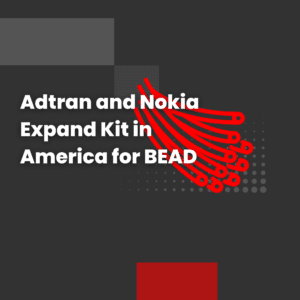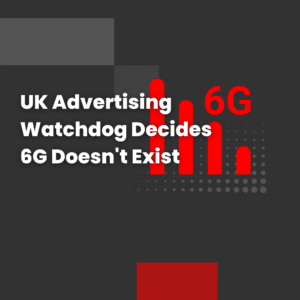The day was kicked off by Pablo Tomasi, a representative for the analyst firm Omdia, who stated ”everyone needs to answer the WiFi question”. He said this in the context of private 5G networks (5GPN). Quite simply, he asks- why fight for 5GPN when you can already have whatever connectivity you may want with WiFi? This question would set the tone for a look into a market still so new despite its constant mentioning within the industry.
Later, we would hear from Christoph Bejina of Alcatel Submarine Networks, a subsidiary of Nokia, who described a major 5GPN his company already has. He describes it’s own core network located on-site, and 60 connecting cells. He also describes the selling point of having this connection over WiFi, mainly being security. The benefits of security on a 5GPN network would be a recurring theme throughout all speakers. However, Bejina also describes difficulty with just how new the IoT device ecosystem is.
The next speaker would be Elizabeth Rumsey, dealing with private networks for Vodafone Business. Vodafone Business has 60 commercial deployments worldwide, spanning through manufacturing, utilities, the public sector and even education. The 5GPN market is almost exclusively a large organisation offer right now, but Rumsey was willing to explore the idea of getting SME’s on board, and how we might go about it. Price would be the key thing here, and the mini 5G network Vodafone presented earlier this year was suggested as a step toward this.
The morning would end with a panel discussion exploring how 5GPNS could be ‘done right’. Panellists confirmed that hesitance is still a huge thing in taking the plunge to 5GPN, and many pre-existing ones were incentivised with discounts on the network or subsidies. When asked as to what the biggest objection was against these networks, and agreement seemed to land on education. While it’s improving year-by-year, it remains a major doubt, along with how to build the ecosystem.
How could we use 5GPN in Real Life?
Later on we would hear from Henning Huuse of Telia, which would provide a unique look on the idea. Telia work with the Norwegian military, providing a different look on the possible application of a 5GPN. By favouring commercial tech over proprietary, Talia see many benefits and can provide portable base stations complete with their own core network and terrestrial or satellite backhaul.
Following onto this was David Happy from Telint, who had a point on the often ignored rural edge network. Telint is a key player in the RuralDorset project and Happy collaborated with Qualcomm to highlight rural mmWave use cases in the early part of the year. He focused on the ‘Agritech Revolution’, a project enabled by a functional rural edge and allows for things such as precise weed killing, without any need to cover fields with harmful chemicals unnecessarily.
Overall, today we have learnt that any while private 5G networrks could be a vital point to monetise 5G, we still have a very long way to go in doing so.



